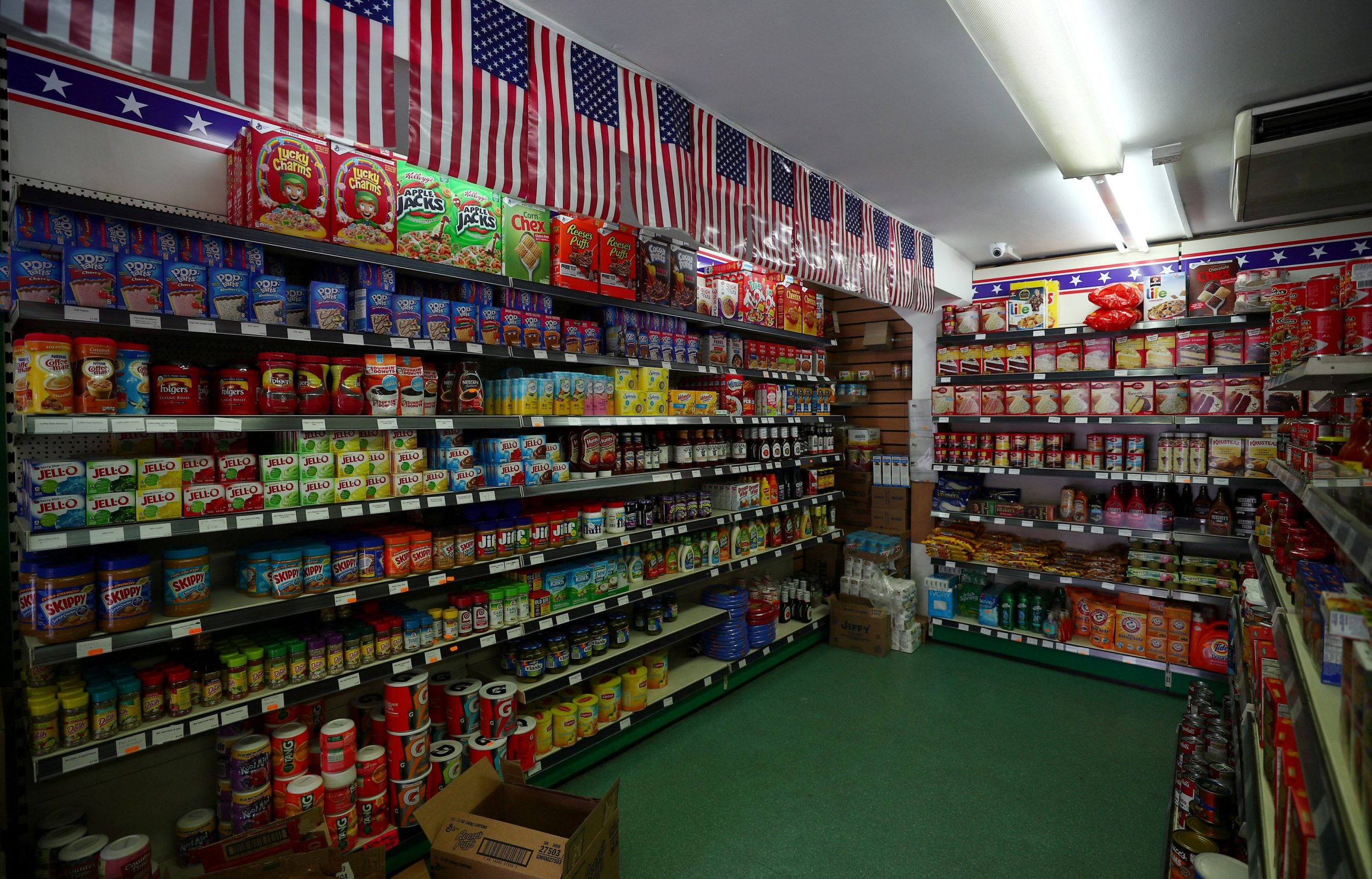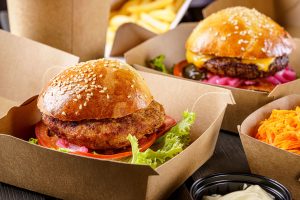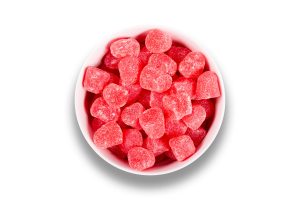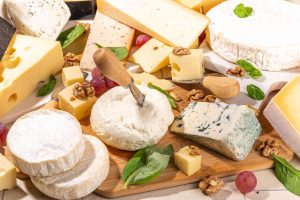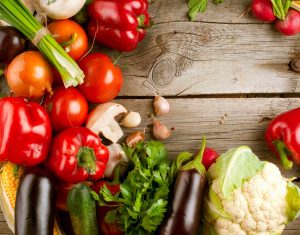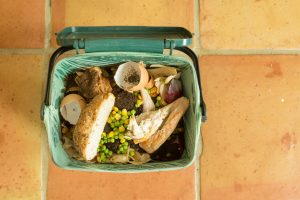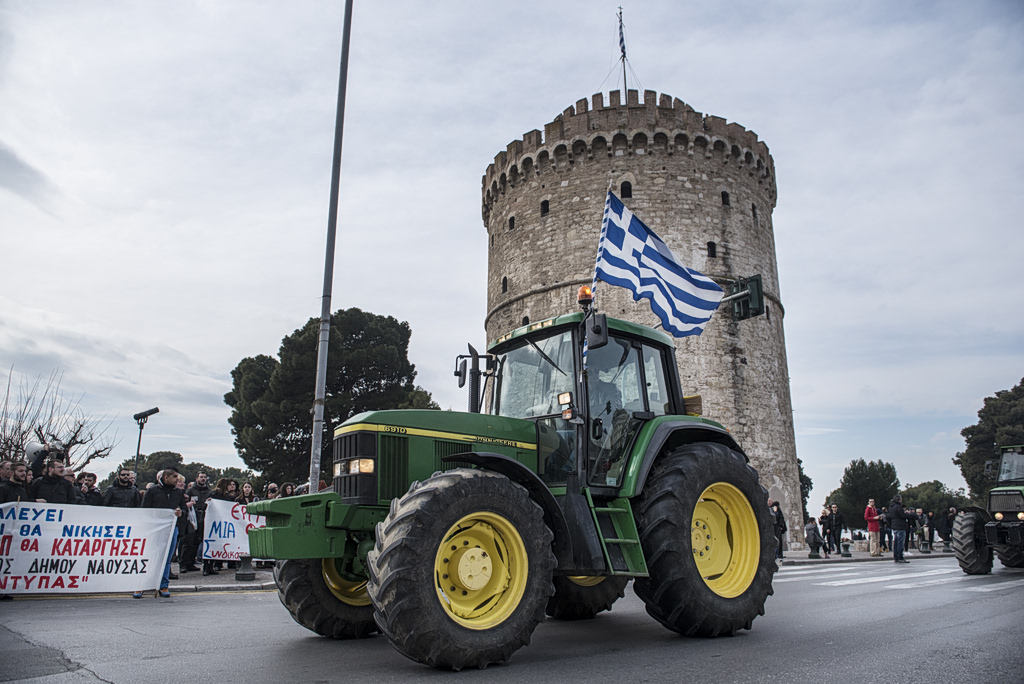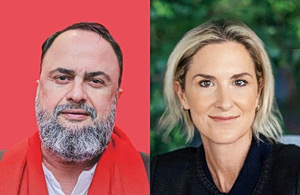Artificial dyes are facing real scrutiny.
Robert F. Kennedy Jr. , President Trump ’s head of U.S. health policy, has blamed artificial dyes for contributing to widespread health problems, particularly in children. Earlier this month, he told executives from the nation’s biggest food companies that he wanted them out of the food supply before he leaves office .
Across the country, lawmakers in states from Connecticut to Utah have introduced bills to restrict artificial dyes in supermarkets and schools, or require warning labels. In West Virginia, the governor is poised to sign a bill soon banning seven dyes from foods sold in the state.
Removing them won’t be easy. A Wall Street Journal analysis of a federal database detailing food and beverage ingredients found that more than one in 10 products contain at least one artificial dye. More than 40% of items with the dyes use three or more, including popular pantry items such as some Pop-Tarts and Doritos.
Companies have used artificial dyes for decades to brighten foods or restore color lost during processing or as products age. Brightly colored candy and cake frosting use the dyes, but so do less obvious foods such as premade pie crusts and salad dressings.
“Not all honey mustard dressings are the bright yellow people think they will be,” said Renee Leber, of the Institute of Food Technologists, a professional association. “Sometimes it needs a little help to get there.”
The FDA has said the dyes it has approved are safe when used in accordance with agency regulations. The FDA said that most children experience no adverse effects from eating foods with the added colors, though scientific research has linked dyes to hyperactivity and other problems in some cases.
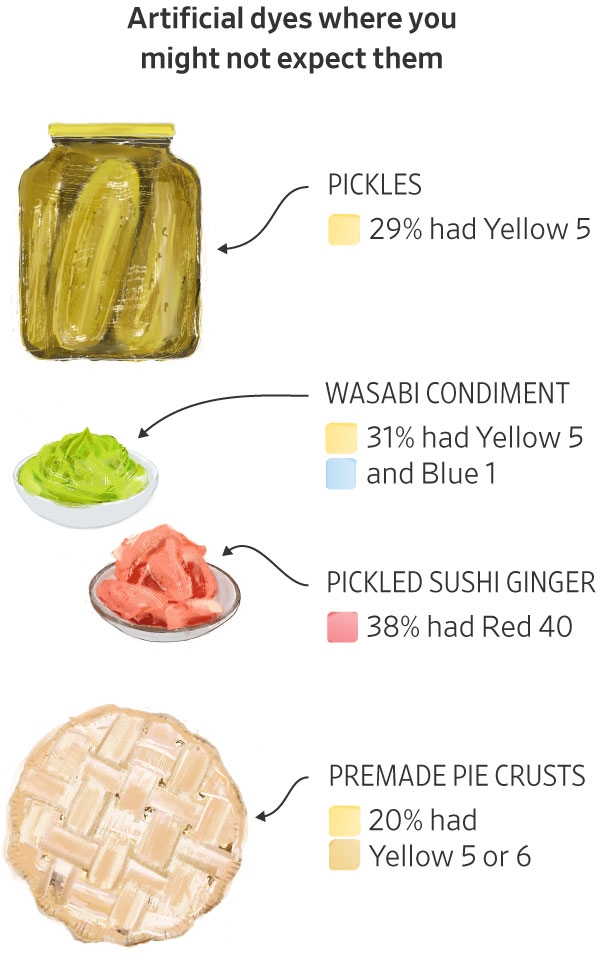
The seven most commonly found in foods today are Yellow 5 and 6, Red 3 and 40, Green 3, and Blue 1 and 2. Among those, Red 40 appears in the largest share of products, totaling around 39,000.
The data
The Journal analyzed entries in a U.S. Agriculture Department database containing ingredient information for more than 450,000 products. The database, made up of information voluntarily provided by food companies or industry data providers, offers the most comprehensive window into the ingredients that line U.S. grocery aisles, though product updates aren’t always made, or made in real time.
Red scare
Of all the synthetic hues, Red 3 has been a special focus. The U.S. has joined other countries in banning the dye from foods based on studies that linked it to cancer in some animals, though the FDA said Red 3 doesn’t have the same effect in humans. undefined undefined Food makers have until early 2027 to strip the dye from their U.S. products, including such items as Betty Crocker’s loaded mashed potatoes and MorningStar Farms’ plant-based bacon strips. Consumer advocacy groups have long advocated for more dyes to be banned.
Red 3 is found in 16% of products with artificial dyes in the USDA’s database. It is especially prevalent in baked goods and candy. Its presence in foods has been on the decline for years, industry officials said.
Paulaur, a company that sells sprinkles and other dessert toppings to industrial bakeries and manufacturers, underwent a year-and-a-half-long process to replace Red 3 with a blend of natural and other artificial dyes in some of its products.
Using natural dyes to replicate the colors in hot pink and purple sprinkles wasn’t easy, said Leslie Mora, a research and development manager at Paulaur. A common substitute for Red 3 is carmine, a pigment extracted from beetles, but Paulaur also sells kosher products and can’t use it. Instead, the company primarily used beetroot juice and purple sweet potatoes.
Snack giant Kellanova , which makes Pop-Tarts and the veggie bacon strips, said that it is working to comply with regulatory changes. Betty Crocker owner General Mills said that less than 1% of its portfolio contains Red 3 and that around 85% of its products are free from artificial colors.
PepsiCo , producer of Doritos, said that U.S. consumers can opt for versions of the product sold under its Simply brand, which uses natural colors. Ramon Laguarta , the company’s chief executive, said in February that it is working to remove artificial ingredients from PepsiCo products.
150 million pounds of beet juice
Most new product launches today feature natural colors instead of synthetic ones, according to Paul Manning , CEO of Sensient Technologies , one of the world’s largest dye manufacturers.
Many well-established American food products still use artificial dyes because it can be difficult and expensive to replicate the same colors naturally, he said.
And while color additives don’t affect flavor, they do influence people’s perception of taste, food industry officials said.
Synthetic colors are more closely regulated by the FDA, and can be mass-produced with consistency from one batch to the next. They also have a shelf life of years.
Colors derived from natural sources can be sensitive to heat, light and changes in acidity. Because their complex supply chains are susceptible to droughts and other happenings, natural dyes cost manufacturers about 10 times more than their artificial equivalents, Manning said.
“It’s not like there’s 150 million pounds of beet juice sitting around,” Manning said. “If it was easy, companies would have already done this.”
Food companies have recently started using butterfly pea flower extract and spirulina, an algae, to create blue colors, and chlorophyll or matcha to make green.
Red cabbage offers a range of purple hues but it can come with “off notes,” creating tastes that need disguising. Annatto is popular, but the shades of reds, oranges and yellows it creates can differ depending on where the ground seeds are sourced.
Companies have found some workable solutions. Kellanova, which was formerly known as Kellogg, removed Red 40 and Blue 1 from its Nutri-Grain blueberry cereal bars, using vegetable juice for color instead.
Unilever since 2020 has made its U.S. Popsicle products with natural sources of color. In Firecracker Popsicles, the company replaced artificial dyes with spirulina extract, turmeric oleoresin and vegetable juice.
Source: WSJ analysis of USDA Global Branded Food Products Database (share of products with artificial dyes, unexpected products with artificial dyes, most prevalent artificial dyes in the database, updated ingredient lists) .
Write to Jesse Newman at jesse.newman@wsj.com , Andrew Mollica at andrew.mollica@wsj.com and Roshan Fernandez at roshan.fernandez@wsj.com

